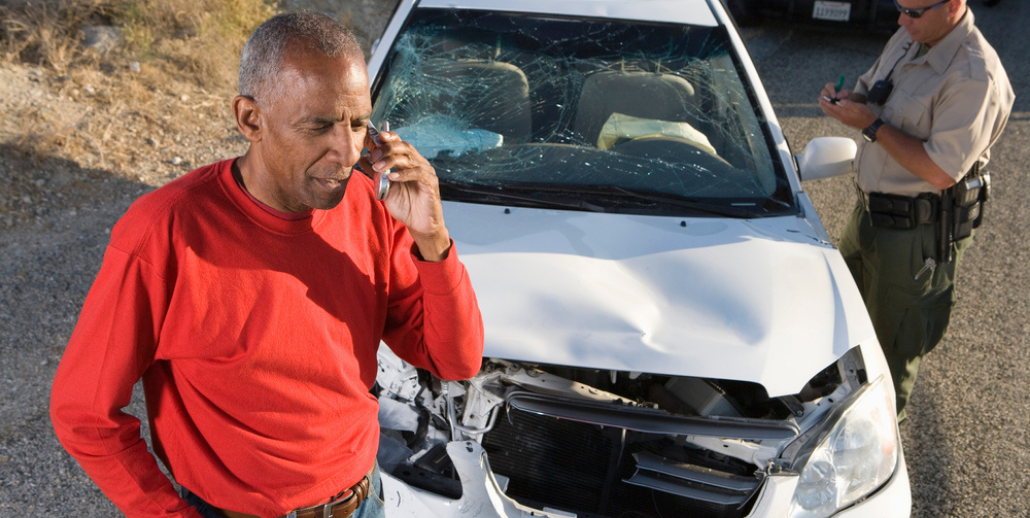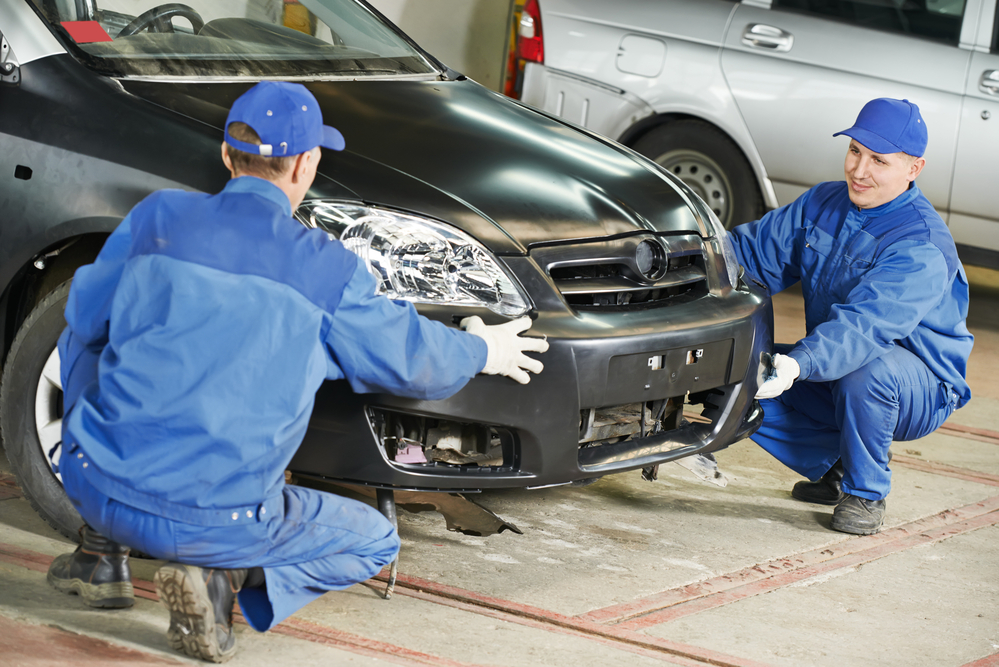New Jersey has a unique car insurance system, making an accident report vital to the claims process. Whether the accident was your fault or not, you need a New Jersey car accident report. Insurance companies will use the report to determine responsibility for claims. From a minor bump to a major crash, every accident needs an accident report. Let’s look at everything you need to know about New Jersey car accident reports.
Are You Required To File a Car Accident Report in New Jersey?
Yes. Many drivers are surprised to learn that they must file a car accident report in the state. A car accident report is necessary if you want to recoup those financial losses. Often, a police officer will show up at the accident scene. With that, an accident report is automatically filed and processed. You can request an official report after law enforcement has finished the investigation.
However, if there were no police on the scene, you will have to file your own accident report. New Jersey law states that any personal injury, death, or damage above $500 will need to be reported within 10 days of the accident. You might not think that a fender bender can cause $500 in damage, but even a minor accident can quickly tally that amount.
If you have been involved in an accident in New Jersey, it is always best to file a car accident report. It is better to err on the side of caution.
How To File a Car Accident Report in New Jersey
When the police arrive at the accident scene, they will file a report. You don’t have to worry about compiling the details or documents from the accident. Law enforcement will have already talked to witnesses and gathered the evidence from the scene.
Not every accident will have a police officer present to take a report. In those cases, you will need to file a car accident report by yourself. The self-reporting crash form, or SR-1, is the document required to file your accident report.
You must file this report within 10 days of the accident. The New Jersey Department of Transportation allows you to mail in a physical copy of the report or use the online form. While you may want to skip this step, failing to file a car accident report can result in a loss of driving privileges. Along with that, you may not be able to file an insurance claim for your vehicle. Whatever you do, make sure to file that car accident report in New Jersey.
How To Get a Copy of Your Car Accident Report
You want to request and retain a copy of the car accident report. In a few cases, the police report might have included details that are not accurate. You could be able to dispute some of those facts or make corrections. Remember that it can take a couple of weeks to receive the car accident report. If you need the report right away, plan ahead to accommodate those processing times.
If you want a copy of the car accident report, you need to make the request through the New Jersey State Police & New Jersey Turnpike Authority Crash Report Requests System. It is an online portal that allows you to request a car accident report in New Jersey. In the case of a serious or fatal accident, you can have your attorney ask for other information, such as photographs or other documents related to the crash.
The police will have witness statements, details, and other evidence in the report, which can help the claims adjuster determine liability in the crash. However, a car accident report does not “officially” assign liability. That job is up to the insurance company. An insurance adjuster will determine who was at fault for the accident. In some cases, both drivers could be assigned responsibility for the accident. With that, the insurance adjuster will give a percentage of fault to each driver in the report.
How To Read a Car Accident Report
What is included in a car accident report? After receiving your car accident report, you will want to read it. Take the time to go over all the details to ensure they are correct. You don’t want any missing information in this report. You will see vital information at the top of the page, such as the date, time, and crash location. The investigating police department and case number are also noted in that section.
On the left, some boxes correspond to specific codes. These codes indicate the crash type, vehicle type, and road conditions. If you see the code “99”, then you will want to check the narrative section for an in-depth explanation.
The center of the page will include information about the vehicle, including the vehicles’ owners, drivers, make, model, and identification numbers. The crash diagram will outline the vehicle’s location and direction of travel. There will also be notes related to the alcohol and drug tests. The officer’s brief will be located in the written crash description.
The last section of the report contains information about everyone involved in the crash, including drivers, passengers, and pedestrians. This section will also state whether they were injured or received treatment at the scene.
That’s it for the first page. In some situations, there will be a second page. This page will have the investigating officer’s diagram of the crash, including the number of lanes, direction of travel, and involved vehicles. Under the section, the officer will write a narrative of the accident. You will want to read this section carefully since it may include details not mentioned on the first page.
Don’t Forget To File Your Crash Report
As you can tell, a car accident report is very important, especially if you want to get your vehicle repaired. At Elmer’s Auto Body, we have working relationships with all the major insurance companies in New Jersey. Our trained and certified technicians will get your vehicle back to its pre-accident condition. Need an auto body shop near you? Schedule an appointment by calling (856) 218-0202.






